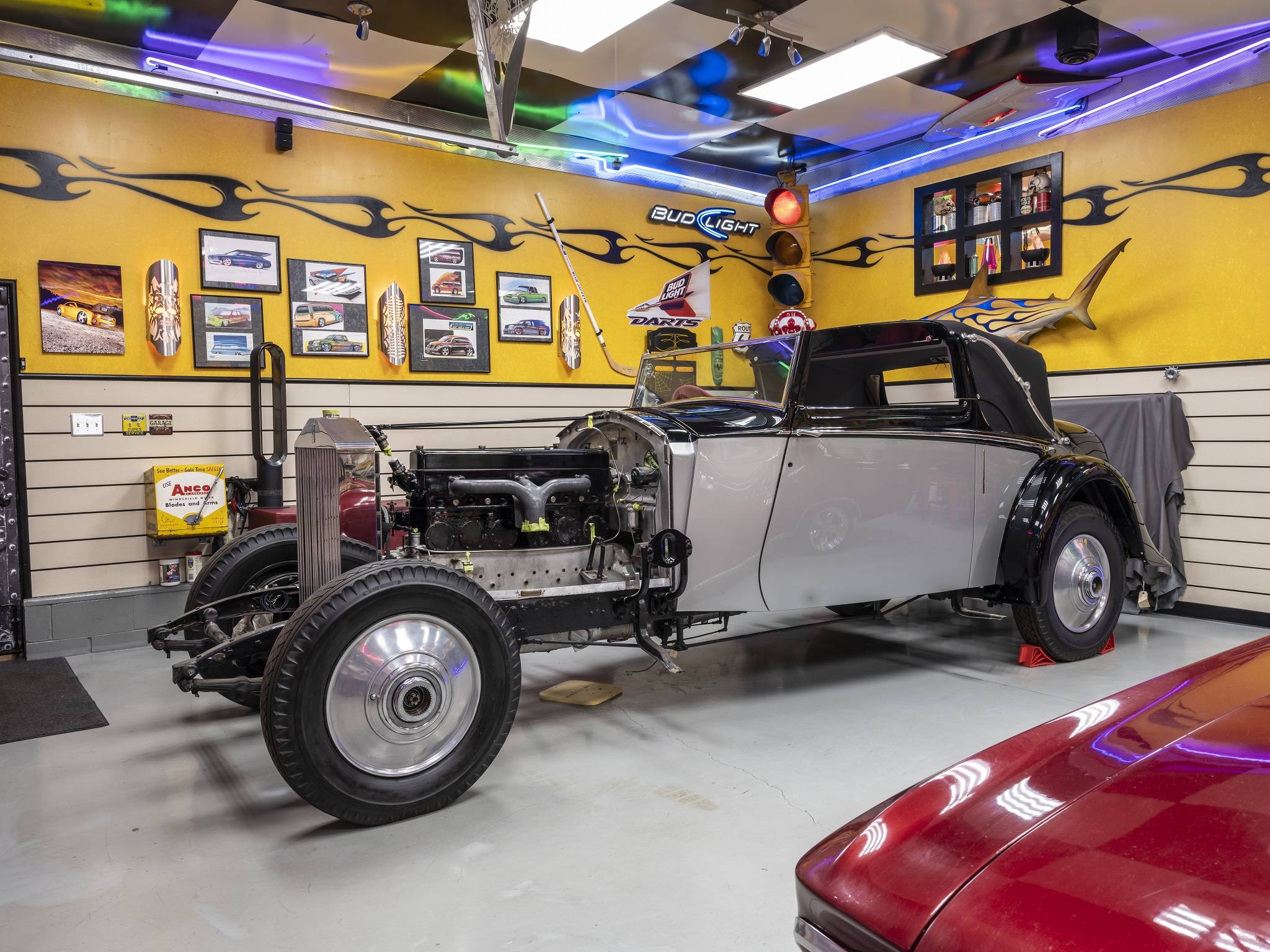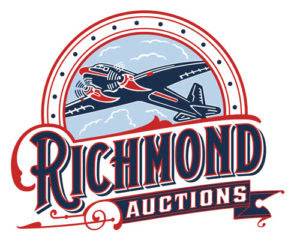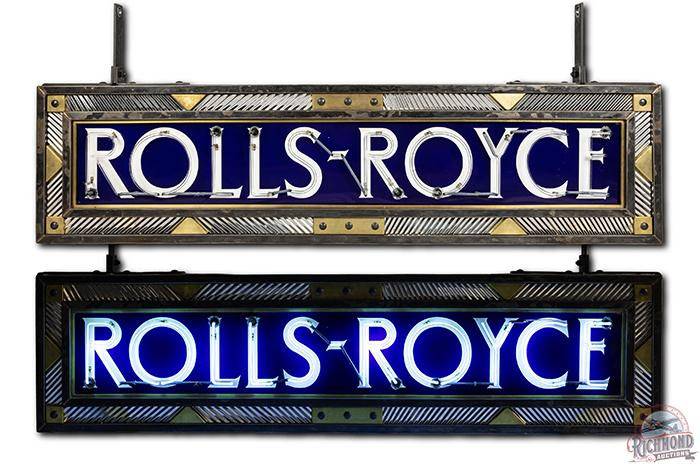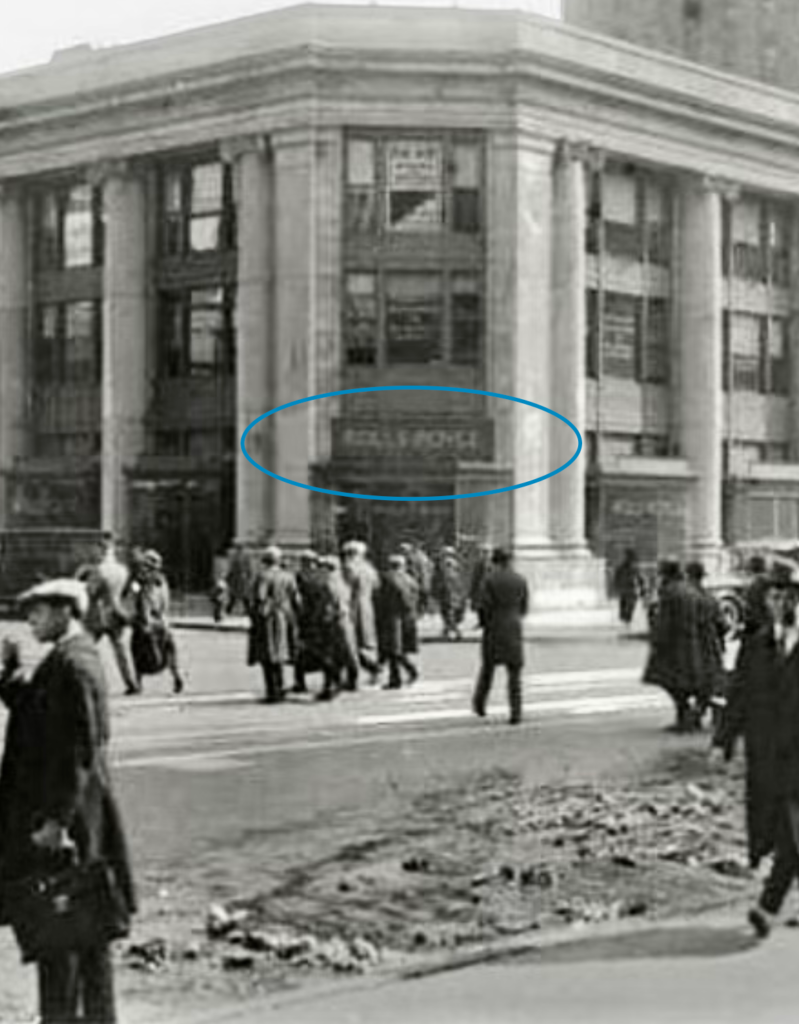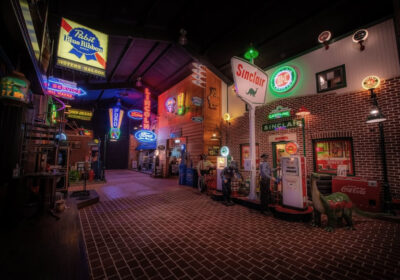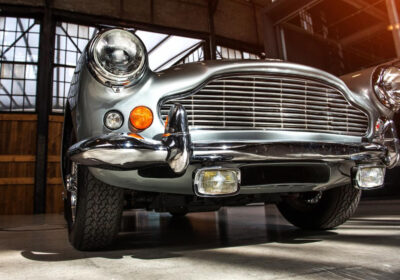It’s long been debated that neon made its debut in the United States at the corner of 7th and Flower Streets in Los Angeles, California with a massive “Packard” sign illuminated high over Downtown L.A. atop a large hotel. Earle C. Anthony, the owner of the dealership, was said to have become enamored with neon while visiting Paris, France and ordered two or three Packard signs to promote his dealerships. The quantity of signs is also up for debate, as are the prices he was said to have paid. But, while most say the sign lit up the L.A. skyline in 1923, researchers show that in reality it was likely 1925 when the sign was installed. Research goes on to suggest that the first west coast neon may well have been lit up in 1923, oddly on another Packard dealership owned by Anthony, but in San Francisco on Van Ness Avenue. Granted, hard evidence supporting the 1923 San Francisco claim has been evasive. Meanwhile, New York City vies for the claim of first American city to employ neon, with evidence suggesting 1923 as the earliest use, as seen in a 1923 New York Times article. It’s all exquisitely interesting, considering Richmond Auctions will be selling a stunning Rolls-Royce dealership neon sign that is seen on the side of a building at the corner of 58th and 8th in New York City in a 1924 photograph. This intersection is known as Columbus Circle and was once a hub for luxury retailers, including automobile agencies. What a piece of history this is! More than likely a one-of-one created exclusively for this Columbus Circle dealership, it was discovered while the Manhattan building was being renovated, tucked away behind a wall. Fascinating. See more about Richmond Auction’s lot 502 below.
Register to Bid
EXCLUSIVE SPECIAL EDITION NEWS |
About the Sign
This single sided porcelain neon (SSPN) sign is the only known example and has exceptional color and gloss. Evidence suggests the sign was displayed above the entrance of the Manhattan showroom of John S. Inskip, the largest importer of Rolls-Royce automobiles in the United States. The sign was discovered while remodeling a Manhattan building and put in storage. The field has two tiny chips, smaller than an eraser, with some staining in areas of the white lettering. It has minor chipping at the insulator holes and neon standoffs. The sign is mounted on a bespoke, Art Deco-styled can comprised of mirrored stainless, brass and blackened steel, and displays exceptionally well. The transformers and glass tubing are all new and the sign is in excellent working condition. Measures 27″ x 106″. Rated 9C by The Authentication Company (TAC #008368). See it here.
Register to Bid
About the Location
In the 1920s, Columbus Circle in New York City, or Automobile Row as it was called, was home to the poshest, luxury car showrooms in the nation. Pierce Arrow, Essex, Packard, Cadillac, and of course Rolls-Royce all had a Broadway or Eighth Avenue address. Several notable automobile tire manufactures resided there as well, such as Fisk Tire and U.S. Tires, which had neighboring buildings. Kelly Springfield also had their offices and showroom on the Row. All the locations, as well as the Colonnade, were clad with neon and lighted milk glass signage. Broadway and the Row were all participants in the “lighting wars” that were taking place in NYC. Every retailer needed to one up their neighbor, therefore, New York saw some of the earliest and most advanced neon signs in the United States.
Rolls-Royce had one of the most opulent and best located showrooms of them all. A 1923 New York Times front page article described the uptick of the Row and how decor and lighting by Tiffany Studios of New York would be used specifically in the Rolls-Royce large retail space. The showroom resided in the ornate Colonnade building with an entrance on Eighth and 58th St. The building has seen many overhauls, but still stands today. Construction began in 1920 and the first published tenant was Hudson Motor Cars to display their premium Essex line of cars. Soon after, Rolls-Royce as well as Nash moved in. At that time, the building was just three-stories tall. In 1926, General Motors took aim on moving their NY office to the center of Automobile Row and purchased the Colonnade. It was rebranded the General Motors Building. With the new name came its largest overhaul and 22 additional floors were added to the building. Rolls-Royce was registered as a tenant through 1931 and then moved to their own newly completed building on 57th.
As the building shows today, it is clad with glass and a steel exoskeleton, the result of a major overhaul that was completed in 2010. Along with its new face, the address was also amended to 3 Columbus Circle. It was that exterior overhaul that revealed the Rolls-Royce Porcelain Neon Sign face that has been hiding in a marquee wall covered over for nearly a century. To this day, the double door entrance at the corner of 8th and 58th remains. A Chase Bank lobby now resides where the lavish showroom once did, with ATMs and teller desks now occupying the space rather than some of the most expensive cars of the time that were purchased by leaders of industry in the Roaring Twenties.

